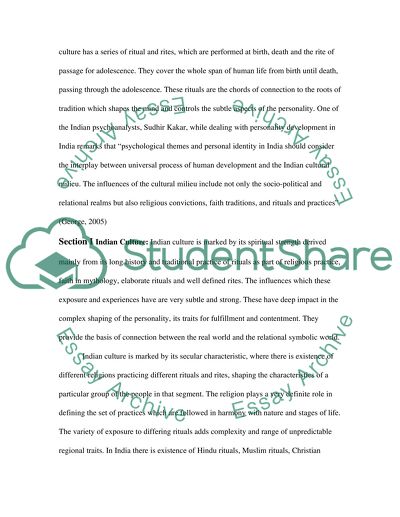Cite this document
(“Rituals and Rites: Shaping the Psyche Indian, American , Korean Essay”, n.d.)
Rituals and Rites: Shaping the Psyche Indian, American , Korean Essay. Retrieved from https://studentshare.org/miscellaneous/1501790-rituals-and-rites-shaping-the-psyche-indian-american-korean
Rituals and Rites: Shaping the Psyche Indian, American , Korean Essay. Retrieved from https://studentshare.org/miscellaneous/1501790-rituals-and-rites-shaping-the-psyche-indian-american-korean
(Rituals and Rites: Shaping the Psyche Indian, American , Korean Essay)
Rituals and Rites: Shaping the Psyche Indian, American , Korean Essay. https://studentshare.org/miscellaneous/1501790-rituals-and-rites-shaping-the-psyche-indian-american-korean.
Rituals and Rites: Shaping the Psyche Indian, American , Korean Essay. https://studentshare.org/miscellaneous/1501790-rituals-and-rites-shaping-the-psyche-indian-american-korean.
“Rituals and Rites: Shaping the Psyche Indian, American , Korean Essay”, n.d. https://studentshare.org/miscellaneous/1501790-rituals-and-rites-shaping-the-psyche-indian-american-korean.


